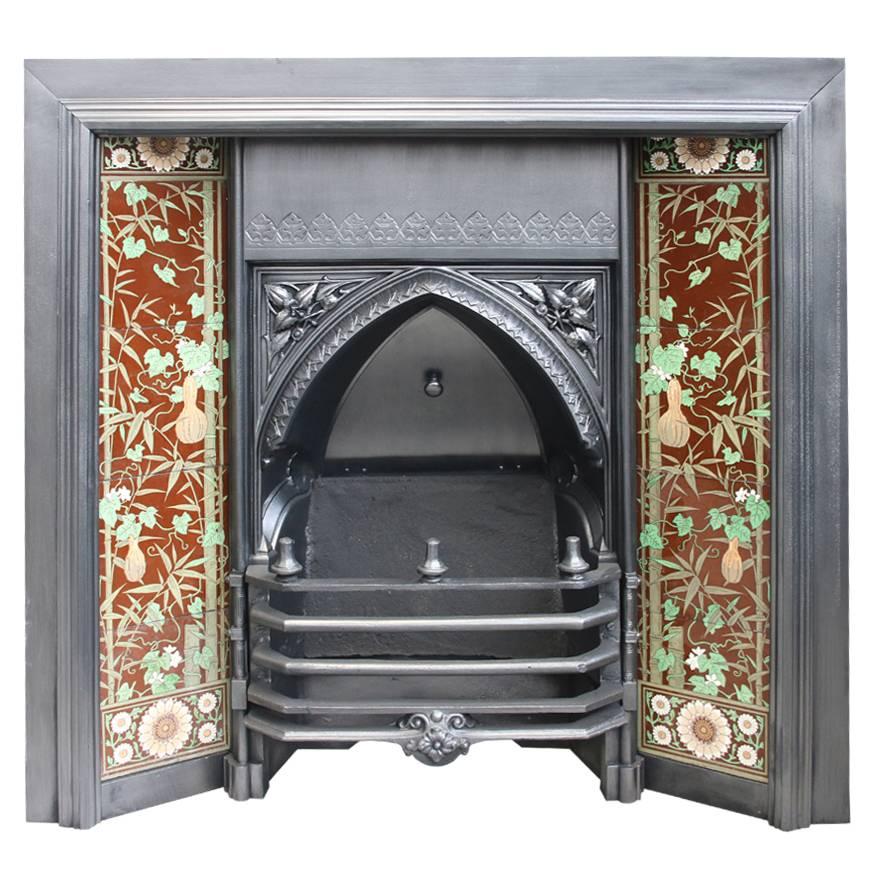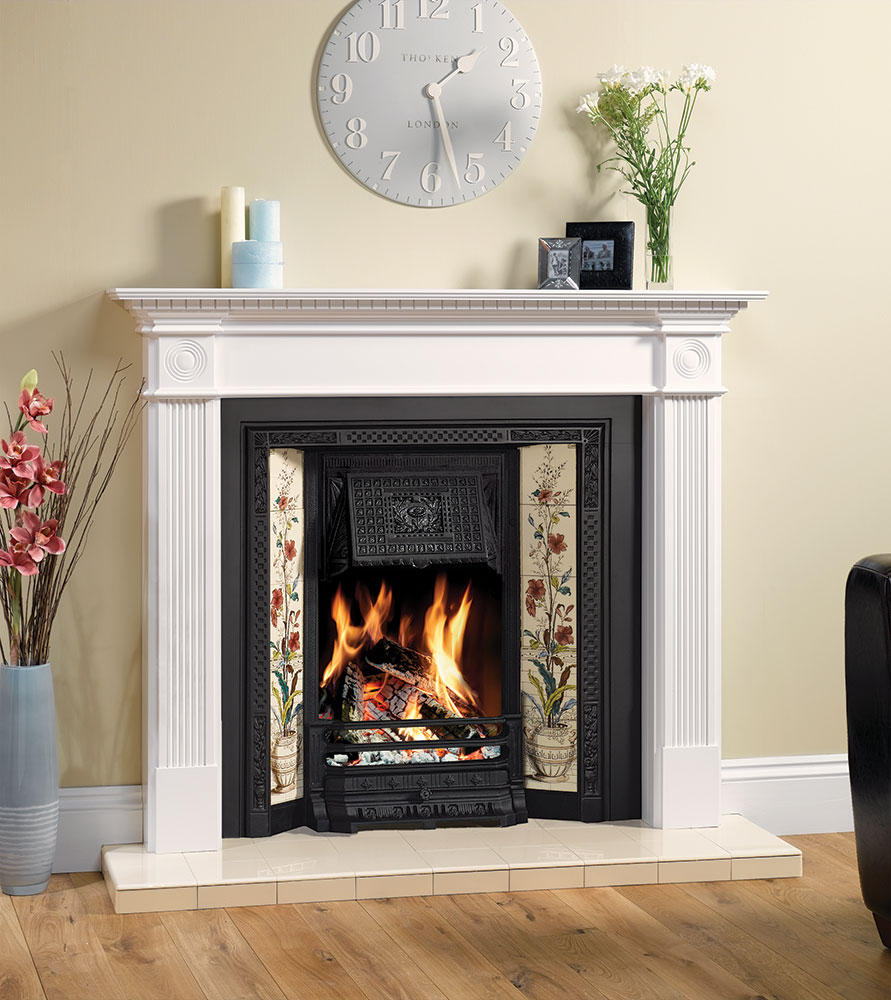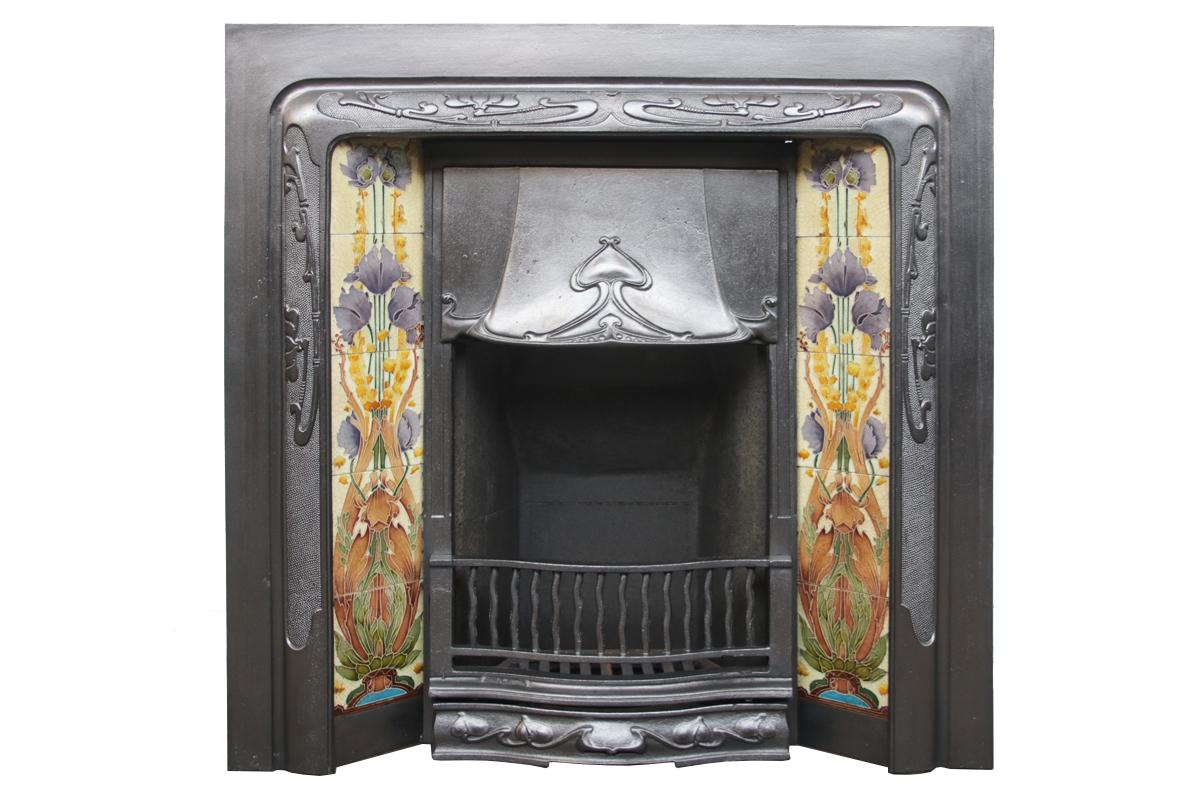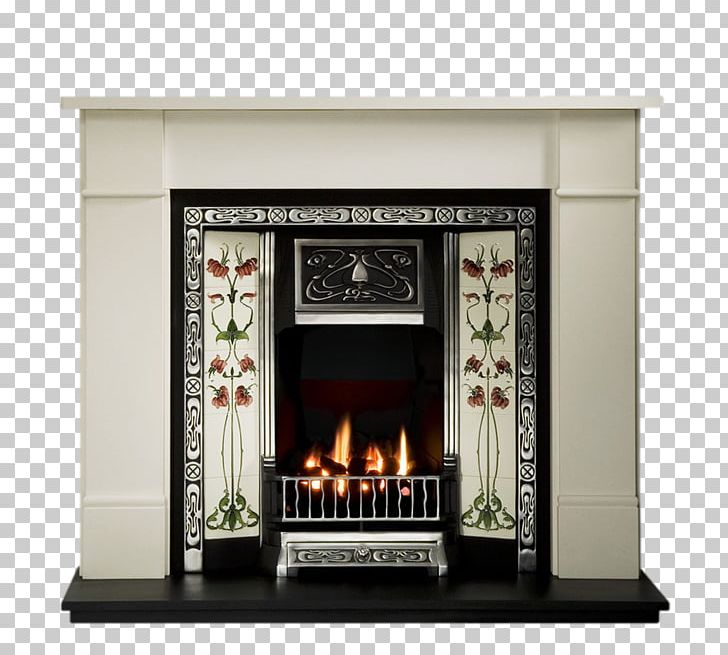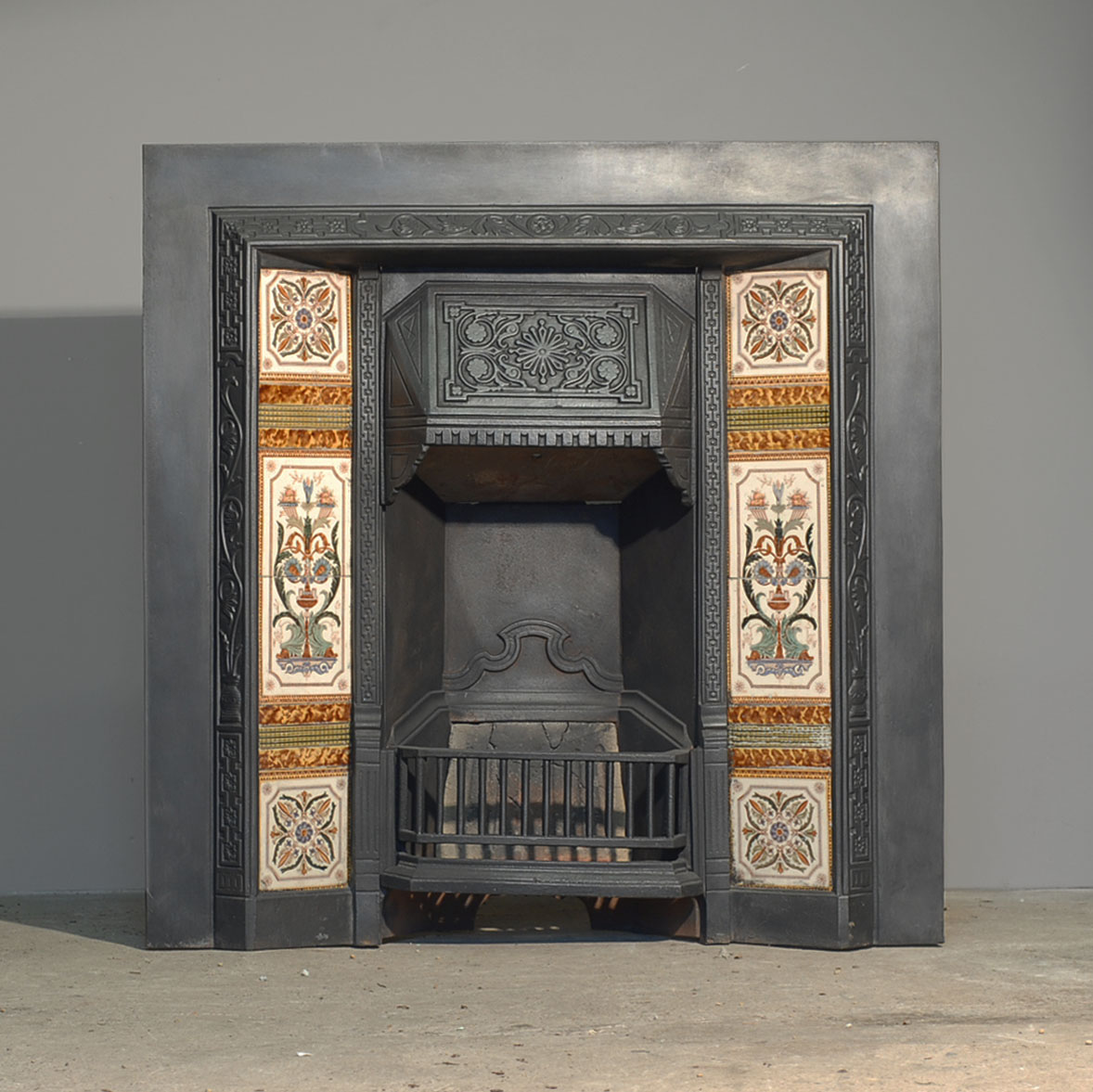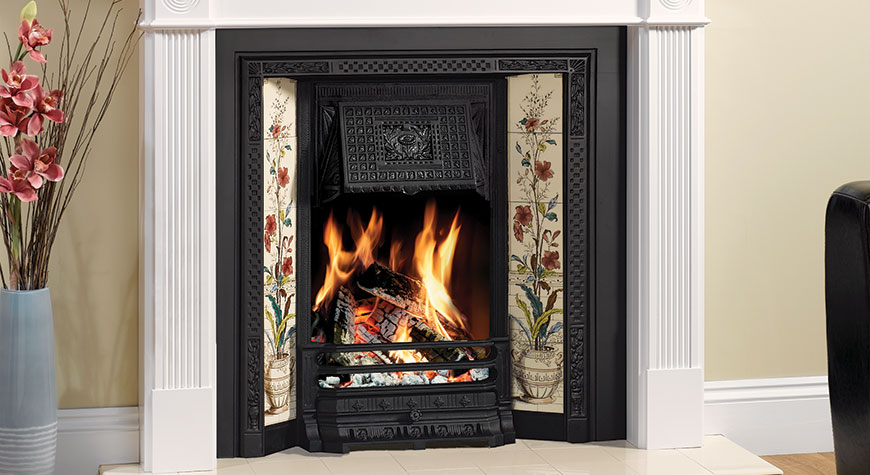Victorian Fireplace Tile Inserts
Victorian fireplace tile inserts are more than just decorative pieces—they’re history meeting design. These inserts were popular during the late 19th and early 20th centuries, when fireplaces were focal points in many homes. Today, they’re being appreciated again, not just in period properties but also in modern homes that want a splash of character. Whether you’re restoring an antique or updating a dull fireplace, Victorian tile inserts offer a unique blend of color, texture, and craftsmanship.
Understanding Victorian Tile Inserts
- What Exactly Are They?
Victorian tile inserts are decorative ceramic tiles set into cast iron fireplace surrounds. They usually sit on either side of the firebox opening, and sometimes across the top, too. The tiles themselves aren’t structural—they’re purely decorative—but they help define the look of a Victorian fireplace. Some designs are symmetrical, others tell a story or feature intricate botanical patterns. - Common Themes in Victorian Tiles
You’ll often see floral prints, pastoral scenes, or even classical figures painted or printed onto the tiles. Earth tones, muted greens, blues, and burgundy were popular back then, with occasional pops of gold or cream. Some tile designs are glossy, while others are matte with more texture. The variety is surprisingly broad once you start digging into it. - Materials Used in the Era
Most Victorian inserts used ceramic or porcelain tiles because they could handle heat and still hold their color. The glazes used in that era were rich and deep, often made with natural pigments. These days, reproductions try to match that depth, but true antique tiles tend to have a more weathered, handmade feel that’s hard to replicate perfectly. - Where They Were Typically Found
These tiles weren’t limited to grand mansions or upscale townhomes. They appeared in modest row houses and cottages, too. What changed was the quality and detailing—wealthier homes might have imported tiles from Europe, while more basic versions used local ceramic tilework. Either way, the idea was the same: bring beauty and artistry to an otherwise functional space. - Still Relevant Today
Victorian fireplace tile inserts have made a comeback, especially among homeowners restoring historic properties. But even those with newer homes have found ways to work them in. Some people buy salvaged inserts at architectural shops, while others buy newly made versions designed to replicate that old-fashioned look. It’s a style that’s versatile, nostalgic, and far from outdated.
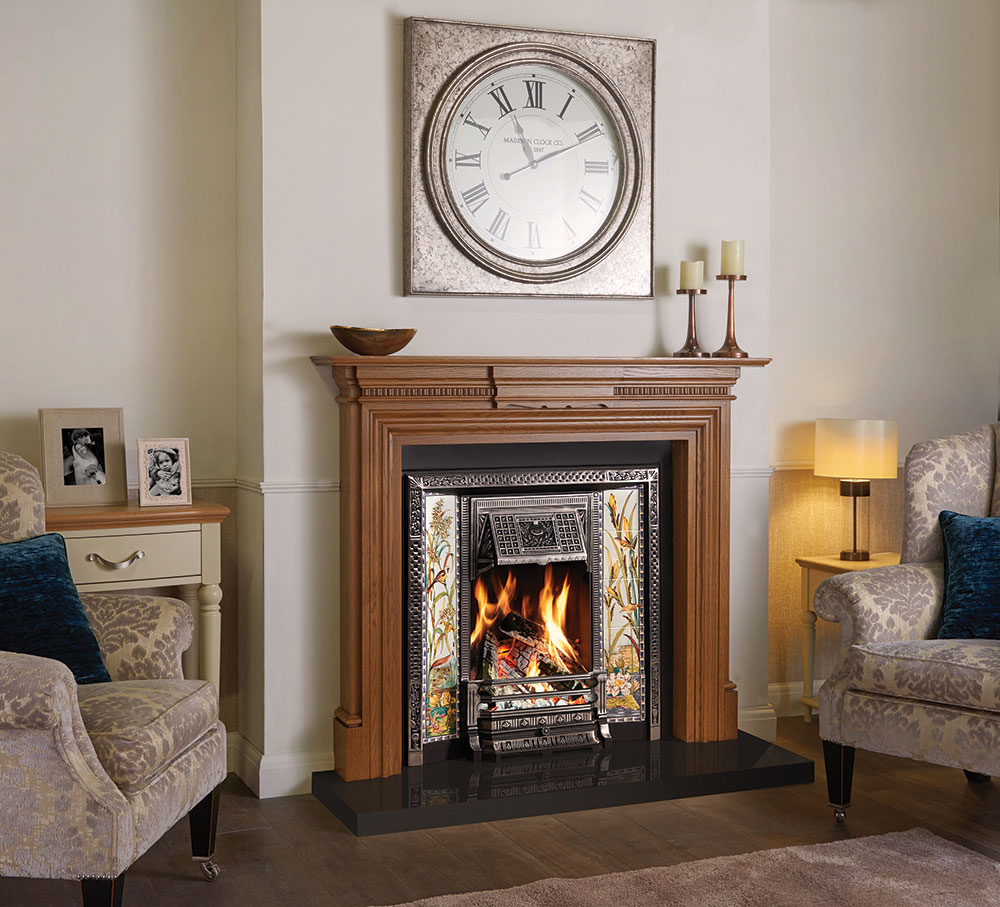
Choosing the Right Design
Match or Contrast with the Surround
When choosing tile inserts, think about the color and material of your fireplace surround. If you’ve got a dark cast iron or wooden surround, you might want lighter tiles for contrast. On the other hand, deep jewel tones can create a moody, cohesive look if you want everything to blend.
Consider the Room’s Personality
A formal living room might call for delicate floral tiles with soft glazes, while a more casual or eclectic room could handle bolder patterns or brighter colors. Don’t feel like you have to stick to historical accuracy—go with what fits your space. That’s the fun part of working with this kind of décor.
Reproductions vs. Original Tiles
Original Victorian tiles are gorgeous, but they can be expensive and sometimes brittle. Reproductions are more affordable and easier to work with, especially if you’re not going for a perfect period restoration. Some modern makers even use traditional techniques to mimic the look and feel of old tiles very closely.
Layout and Pairing
Tile inserts are usually sold in pairs, one for each side of the firebox, but you can get creative with the layout. Some people use a top row of tiles for extra decoration, or even continue the tile design onto the hearth. Just make sure whatever you do is balanced—you don’t want one side looking heavier than the other.
Custom Options Are Available
If you can’t find what you’re looking for in antique stores or catalogs, some artisans make custom tile inserts. You can pick your glaze, your motif, or even have a personal emblem or date incorporated into the design. This route is more expensive, but it lets you create something truly one-of-a-kind.
Installation and Fit
Measure Carefully
Before you do anything, you’ll need precise measurements of your firebox and the recess where the tiles will go. Victorian fireplaces weren’t always made to standard sizes, especially in older homes. A quarter-inch off can make installation tricky, so take your time and double-check everything.
Prepping the Area
Remove any old tiles or debris, and check the surface behind for cracks or damage. If you’re installing into an antique cast iron insert, clean off rust or soot. You want a stable, even backing so the new tiles can be set securely and sit flush with the surrounding materials.
Use Heat-Resistant Adhesive
You can’t just use any tile adhesive—fireplaces get hot, even with just decorative fires. Use a heat-resistant tile mastic or adhesive rated for high temps. This will make sure your tiles stay in place even after repeated use. It’s one of those details that’s easy to overlook but makes all the difference.
Grouting Tips
Some people skip grout to keep the antique look, while others use thin grout lines in a matching color. If you go with grout, make sure it’s also rated for high heat. Seal it afterward to keep it from cracking or absorbing soot over time. Clean lines and subtle grout help your tiles shine without distraction.
Call a Pro if Needed
If you’re restoring an older fireplace or aren’t sure how to handle fragile tiles, calling a pro can save you from some expensive mistakes. A skilled installer will know how to fit odd-shaped tiles and how to secure them without causing damage. Sometimes it’s worth the investment, especially with antique materials.
Styling Around Your Fireplace
Let the Tiles Set the Tone
Once your Victorian tile inserts are in, let them guide the rest of your décor. You don’t need to go full-on antique, but some vintage or classic touches—like a carved wood mantel or antique mirror—can make the tiles feel right at home. Even a few nods to the past can help tie the space together.
Mix With Modern Elements
If your house is more modern, these tiles can offer just the right amount of contrast. Think sleek walls, neutral furniture, and then—bam—a colorful tile insert around the fireplace. It creates a point of interest that doesn’t feel forced. The old and new can work together beautifully if you keep the balance right.
Add Matching Accessories
Look for artwork, vases, or textiles that echo the colors in your tile inserts. This could be a simple throw pillow in a matching green or a framed botanical print that picks up the theme. These subtle repetitions help your fireplace feel like part of the room rather than a separate feature.
Light It Right
Fireplaces aren’t always used for actual fires. If yours is decorative, consider adding electric candles or a set of fairy lights inside the firebox. This soft glow will reflect off the tiles and bring out their color and detail, even when the fireplace isn’t in use. It’s a cozy trick that’s easy to pull off.
Keep the Mantel Simple
When you’ve got decorative tile work around the firebox, don’t overdo the mantel. A few well-chosen pieces—like a pair of candlesticks or a framed photo—are enough. You don’t want to crowd out the visual space or compete with the tile pattern. Let the craftsmanship of the insert be the star.
Long-Term Maintenance and Care
Regular Dusting and Wiping
Victorian tile inserts don’t need much day-to-day care, but they can collect dust and soot. A soft cloth or dry duster is usually all you need to keep them clean. Avoid abrasive scrubbing or harsh chemicals that could scratch the glaze or remove paint from hand-decorated tiles.
Watch for Cracks or Chips
Old tiles can be fragile, especially if they’ve been fired at lower temperatures or exposed to decades of heat. If you notice a hairline crack or chip, try not to touch it too much. Some cracks can be stabilized with special sealers, but replacing antique tiles often means sourcing exact matches—which isn’t always easy.
Protect During Renovations
If you’re working on other parts of your home—especially the walls near your fireplace—make sure the tile inserts are covered. Dust, paint splatter, or falling tools can do real damage. Even a thick towel or cardboard taped in place can help avoid an expensive mishap.
Re-sealing if Necessary
Some older tiles may benefit from a new sealant coat to keep them protected from soot or moisture. Always test a small area first and use a sealant specifically designed for glazed or unglazed ceramic. Don’t use anything too glossy unless that’s the look you’re going for.
Stay Curious About the History
If you have original Victorian tiles, try learning where they came from. Some were mass-produced in English factories, while others were hand-painted by artisans. Knowing the story behind them can help you appreciate their uniqueness—and even guide how you care for them. It’s like having a piece of history right in your living room.
Victorian tiled cast iron fireplace insert
Tiled Fireplace Insert Victorian Tiled Fireplaces from Capital
Large 19th Century Victorian Gothic Cast Iron and Tiled Fireplace Insert
Victorian Tiled Fireplaces – Stovax Traditional Fireplaces
Edwardian Art Nouveau Cast Iron Fireplace Insert with Tiles at 1stDibs
Victorian Era Fireplace Insert Cast Iron Tile PNG, Clipart
A late Victorian tiled fireplace insert, – LASSCO – Englandu0027s
Victorian Vintage Style Tile Stickers Decals Sagres Mosaic Etsy
Victorian Tiled Fireplaces – Stovax Traditional Fireplaces
Related Posts:
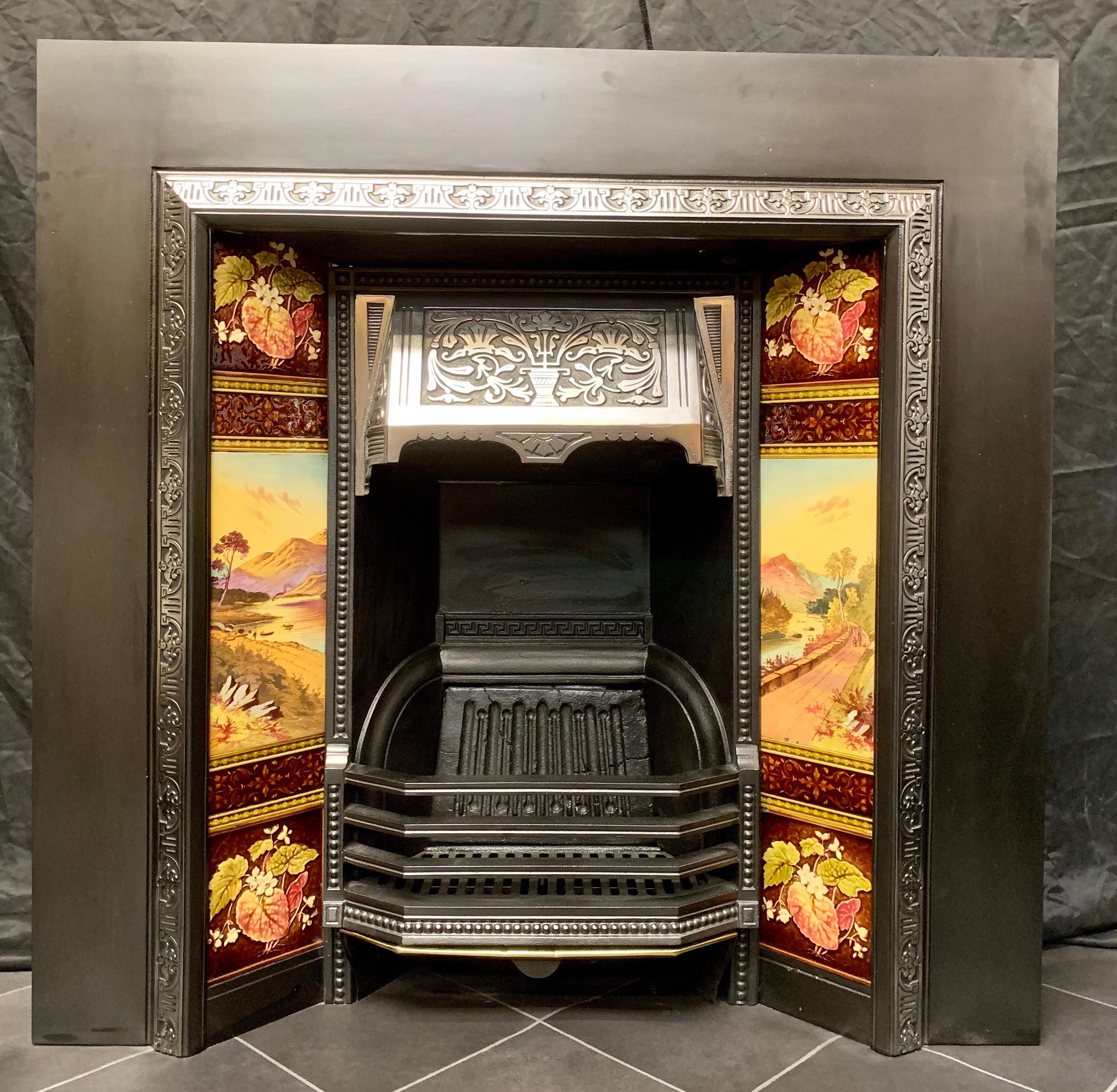
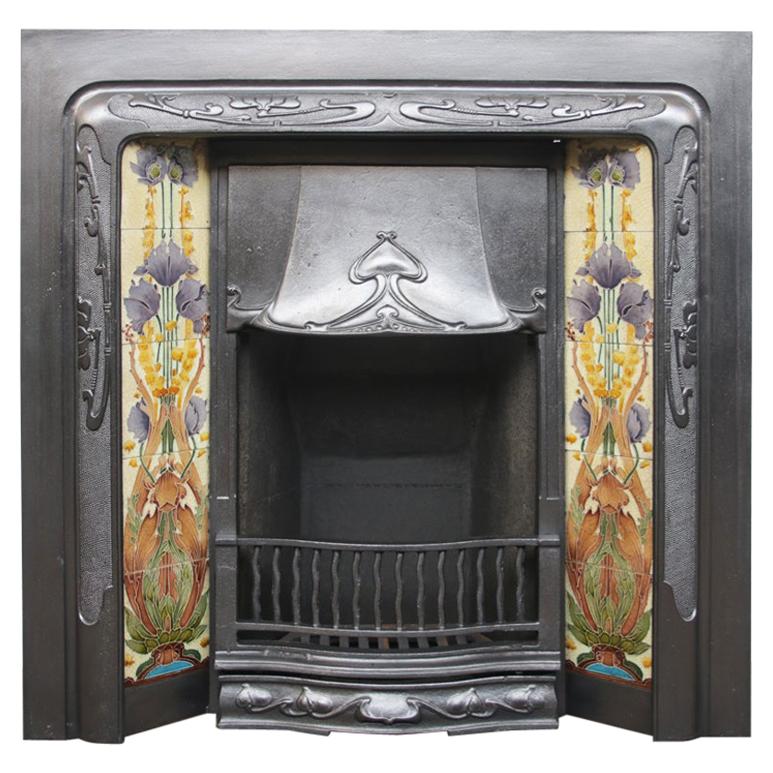
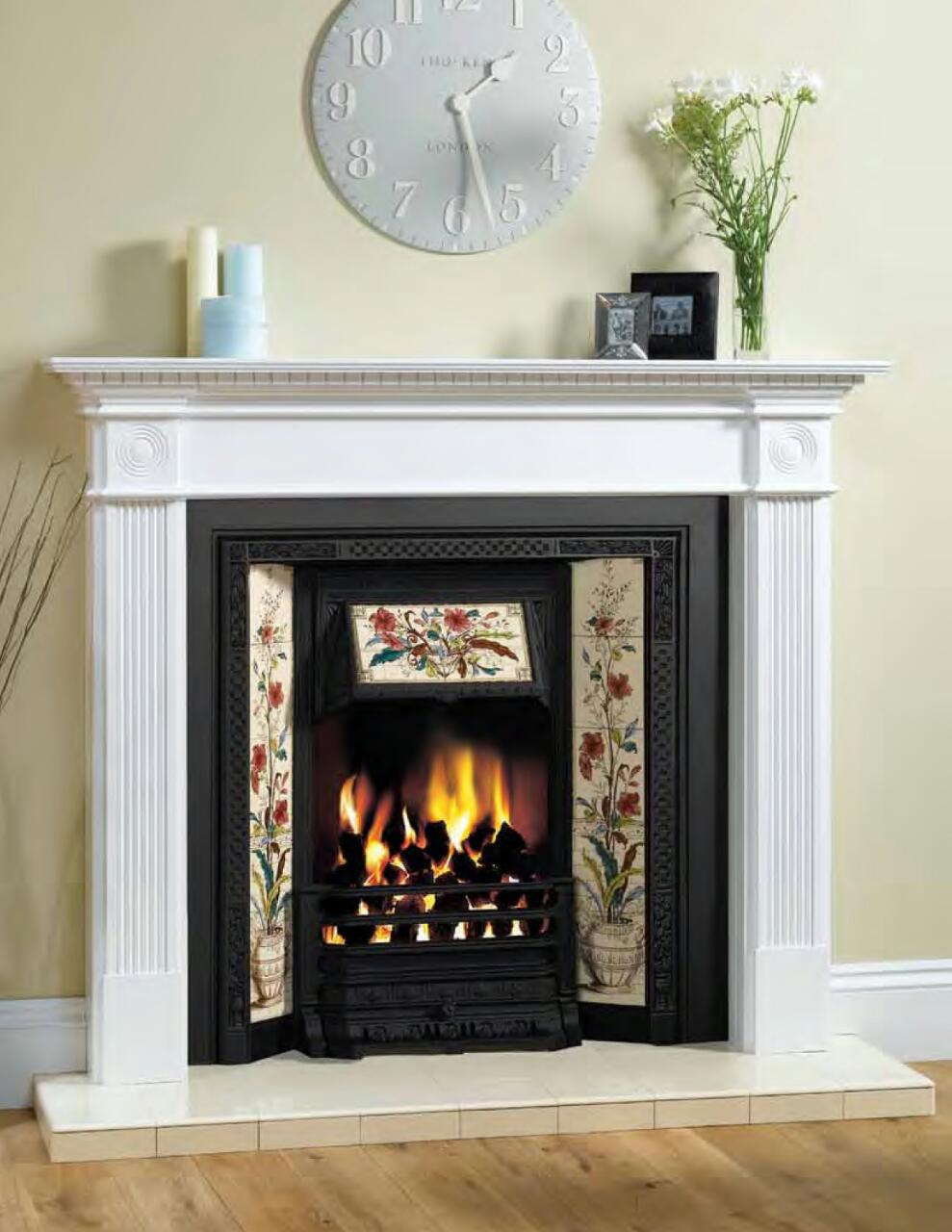

.jpg)

